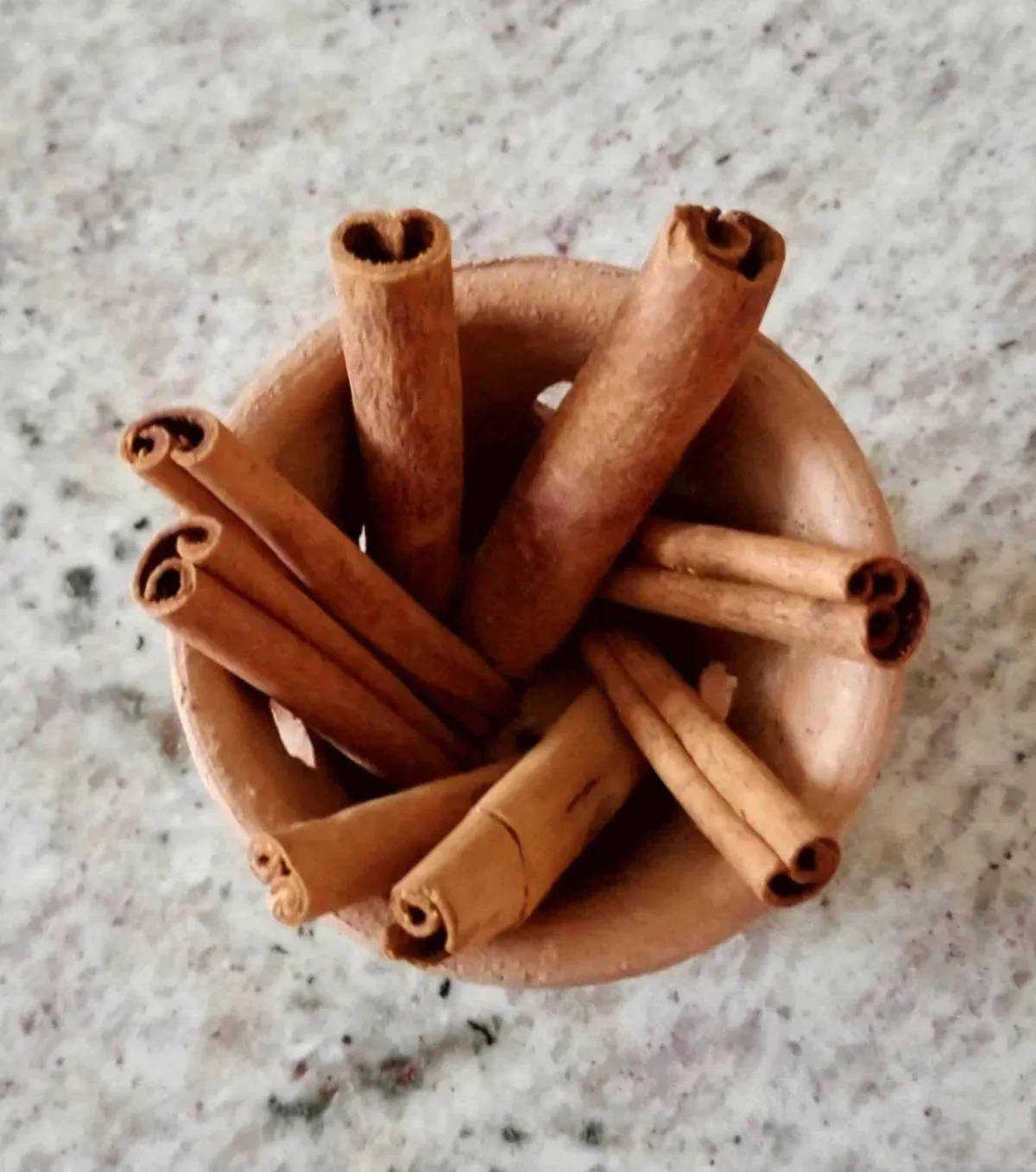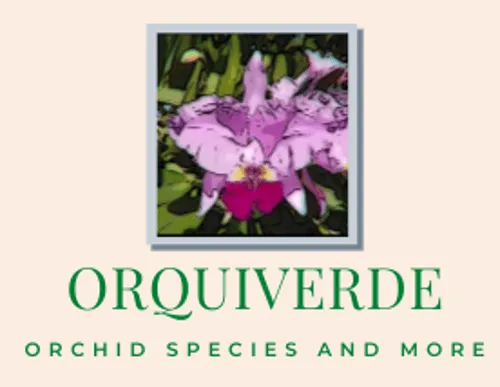
The Magic of Cinnamon in Orchid Care: Advantages and How to Use It
Sharing Experiences
"Our experience with the use of cinnamon began a few years ago in Venezuela. We had received an import of Phalaenopsis plants and when we opened the boxes to take them out we found the plants in very poor condition, affected by rot. In any orchid plant it is an issue, but in Phalaenopsis it is much worse. The plants did not have their bases in good condition, so the possibility of new roots and leaves growing was practically zero.
At that moment we remember having heard about the use of cinnamon as a natural fungicide. We took out the plants, cleaned them, cut off the entire affected part, placed them in plastic trays and applied cinnamon powder on each one of them, or what was left of them.
We waited several days and to our surprise, most of the plants began to grow new roots and recovered little by little until they reached a suitable condition to continue their normal development.
From that moment on we began to use it regularly in cases of rot, not only in Phalaenopsis, but in any type of orchid.
It has also become our best ally when we make a cut to divide a plant, plant it or treat an attack of rot."
Let's learn more
Orchids, with their ethereal blooms and diverse varieties, have long captivated plant enthusiasts and hobbyists. Their delicate beauty, however, can be challenging to maintain. Enter cinnamon—a spice rack staple that can play a surprising role in orchid care. This natural remedy is more than just a fragrant addition to your pantry; it can be a valuable ally in keeping your orchids healthy. Here’s how cinnamon can benefit your orchids and some practical ideas for using it.
Advantages of Using Cinnamon on Orchids
1. Natural Antifungal and Antibacterial Agent
Cinnamon contains cinnamaldehyde and eugenol, compounds that have potent antifungal and antibacterial properties. These qualities make it an excellent natural remedy for preventing and treating infections in orchids. Applying cinnamon can help protect against common orchid ailments like root rot, leaf spots, and fungal infections without the harsh effects of synthetic chemicals.
2. Healing Wounds and Cuts
Orchids can sustain wounds from pruning, repotting, or damage. These wounds can become entry points for infections. Cinnamon acts as a protective barrier, helping to seal the wound and prevent infection. Its drying properties also aid in faster healing, making it ideal for treating cuts and bruises on orchid leaves and stems.
3. Root Treatment
Healthy roots are crucial for orchid vitality. Cinnamon can be used to treat root rot—a common issue caused by overwatering or poor drainage. By dusting cinnamon on affected roots during repotting, you can help suppress fungal growth and encourage healthier root development.
4. Deterring Pests
While not a complete pest deterrent, cinnamon can help in managing pests like ants and fungus gnats. Its strong scent and compounds can deter these pests from settling on your orchids, reducing the risk of secondary infections and plant stress.
Practical Ideas for Using Cinnamon on Orchids
1. Treating Pruning Wounds
After trimming or cutting parts of your orchid, dust the cut area lightly with ground cinnamon. This will help to dry out the wound and create a protective barrier against pathogens. Be sure to apply only to the affected area and avoid overuse, as excessive cinnamon can desiccate the plant tissue.
2. Root Rot Remedy
If you suspect root rot, remove the orchid from its pot, trim away the affected roots, and apply cinnamon powder to the healthy root ends. This can help control the spread of rot. Allow the treated roots to dry for a few hours before repotting in fresh orchid mix.
3. Fungal Infection Prevention
Mix a teaspoon of cinnamon powder with a few drops of water to create a paste. Apply this paste to areas showing signs of fungal infection or mold, such as black spots on leaves or stems. For broader application, sprinkle a small amount of cinnamon powder around the base of the plant, avoiding direct contact with the roots.
4. Pest Deterrent
To deter pests, sprinkle a thin layer of cinnamon powder on the surface of the orchid’s growing medium. This can help create an inhospitable environment for ants and fungus gnats. Additionally, placing a cinnamon stick in the pot can add a slow-release effect, enhancing pest deterrence over time.
5. Making a Cinnamon Spray
Create a cinnamon spray by boiling a teaspoon of ground cinnamon in two cups of water. Allow the mixture to cool, then strain it into a spray bottle. This cinnamon-infused water can be sprayed on orchid leaves to combat fungal infections or as a preventative measure. Be cautious and test on a small area first, as some orchids may be sensitive to the spray.
Cautions and Considerations
- Moderation: While cinnamon is beneficial, using it excessively can damage delicate orchid tissues. Apply it sparingly and avoid overuse.
- Test First: If you're trying cinnamon on your orchids for the first time, test it on a small area or a single plant to ensure there’s no adverse reaction.
Conclusion
Integrating cinnamon into your orchid care routine can offer numerous benefits, from protecting against infections to aiding in wound healing and pest deterrence. This natural remedy is a testament to how everyday items can enhance our gardening practices. So, next time you reach for the cinnamon in your spice cabinet, consider how it might also serve your orchid collection.
Happy growing!

